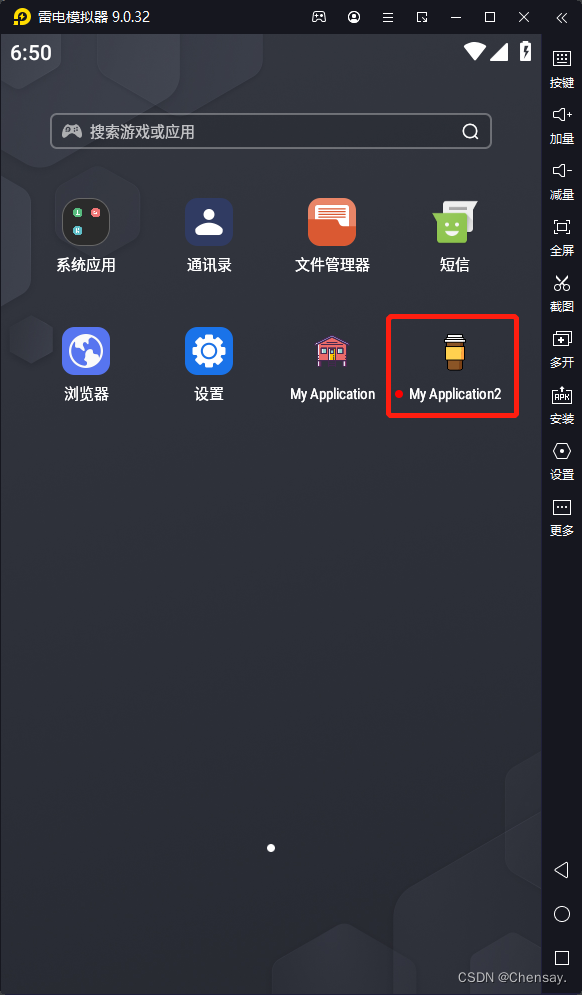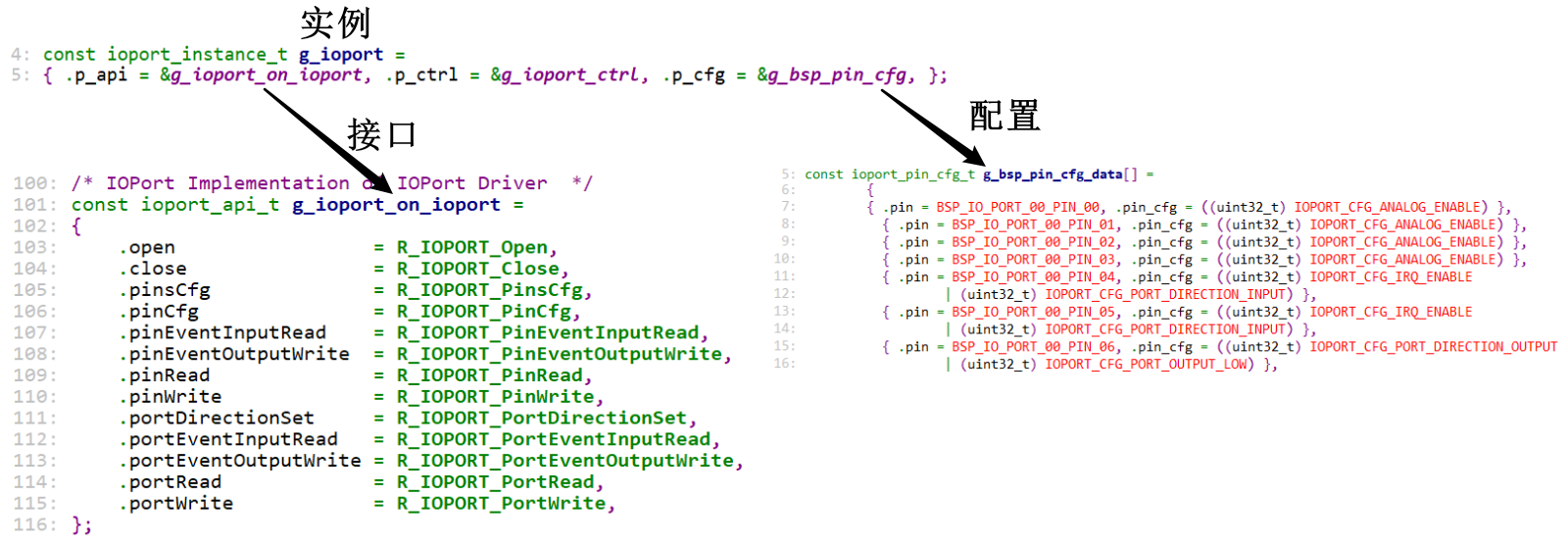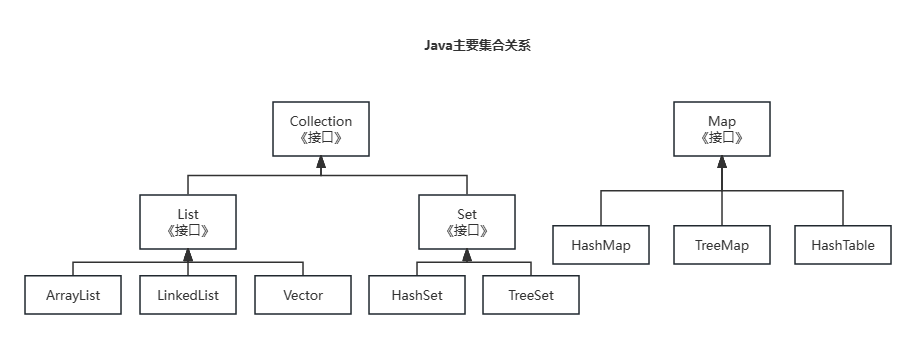动态SQL
动态SQL语句是动态的拼接Mybatis中SQL语句的情况,可以动态的在Mybatis中使用SQL
if语句
if语句的xml文件:
<!-- List<Emp> getEmpByCondition(Emp emp);--><select id="getEmpByCondition" resultType="Emp">select * from t_emp where 1 = 1<if test="empName != null and empName != ''">emp_name = #{empName}</if><if test="sex != null and sex != ''">and sex = #{sex}</if><if test="age != null and age != ''">and age = #{age}</if><if test="email != null and email != ''">and email = #{email}</if></select>
传入对象来进行调用:
@Testpublic void test() {SqlSession sqlSession = SqlSessionUtils.getSqlSession();DynamicSQLMapper mapper = sqlSession.getMapper(DynamicSQLMapper.class);List<Emp> empList = mapper.getEmpByCondition(new Emp(null, "", 23, "男", "123@qq.com", null));System.out.println(empList);}
WHERE语句
where标签中的and会被自动去掉,并且若没有合适的内容,则不会添加where关键字
注意:where标签只能去掉条件前的and、五福去掉条件后的and
<select id="getEmpByCondition" resultType="Emp">select * from t_emp<where><if test="empName != null and empName != ''">emp_name = #{empName}</if><if test="sex != null and sex != ''">and sex = #{sex}</if><if test="age != null and age != ''">and age = #{age}</if><if test="email != null and email != ''">and email = #{email}</if></where></select>
trim标签
trim标签会在其内容中没有合适的内容时不添加其内容,若trim标签内有内容时,则会添加这个内容
<!-- 如果trim中的if有一个成立,就会把where添加进去,如果if语句后没有语句,则会将末尾的and或or去掉--><select id="getEmpByCondition" resultType="Emp">select * from t_emp<trim prefix="where" suffixOverrides="and|or"><if test="empName != null and empName != ''">emp_name = #{empName} and</if><if test="sex != null and sex != ''">sex = #{sex} or</if><if test="age != null and age != ''">age = #{age} and</if><if test="email != null and email != ''">email = #{email}</if></trim></select>
choose、when、otherwise
choose是when和otherwise的父标签,when和otherwise要写在choose中,相当于编程语言中的if…else…if…else…
<!-- List<Emp> getEmpByChoose(Emp emp);--><select id="getEmpByChoose" resultType="Emp">select * from t_emp<where><choose><when test="empName != null and empName != ''">emp_name = #{empName}</when><when test="sex != null and sex != ''">sex = #{sex}</when><otherwise>did = 1</otherwise></choose></where></select>
注意这里when至少有一个、otherwise至多有一个,也可以没有
foreach
通过数组实现批量删除
mapper接口:
/*** 通过数组实现批量删除(形参传入数组)*/int deleteMoreByArray(@Param("eids") Integer[] eids);
xml:
<!-- int deleteMoreByArray(Integer[] eids);-->
<!-- foreach标签中,collection代表要遍历的数组名,item代表每次遍历得到的数据,separator代表每个数据之间的分隔,open
代表遍历前添加,close代表在遍历之后添加--><delete id="deleteMoreByArray">DELETE from t_emp where eid in<foreach collection="eids" item="eid" separator="," open="(" close=")">#{eid}</foreach></delete>
xml的第二种写法:
<delete id="deleteMoreByArray">delete from t_emp where<foreach collection="eids" item="eid" separator="or">eid = #{eid}</foreach></delete>
通过集合实现批量添加
建立接口:
/*** 通过list实现批量添加*/int insertMoreByList(@Param("emps") List<Emp> list);
建立xml:
<!-- int insertMoreByList(List<Emp> list);--><insert id="insertMoreByList">insert into t_emp values<foreach collection="emps" item="emp" separator=",">(null, #{emp.empName}, #{emp.age}, #{emp.sex}, #{emp.email}, null)</foreach></insert>
sql标签
sql标签用来将常用的一些字段记录,下次在有这些字段出现时可以简易的替换这些字段:
使用include标签来引用定义的sql片段
<sql id="empColumn">eid, emp_name, age, sex, email</sql><select id="getEmpByConditionOne" resultType="Emp">select <include refid="empColumn"></include> from t_emp</select>





